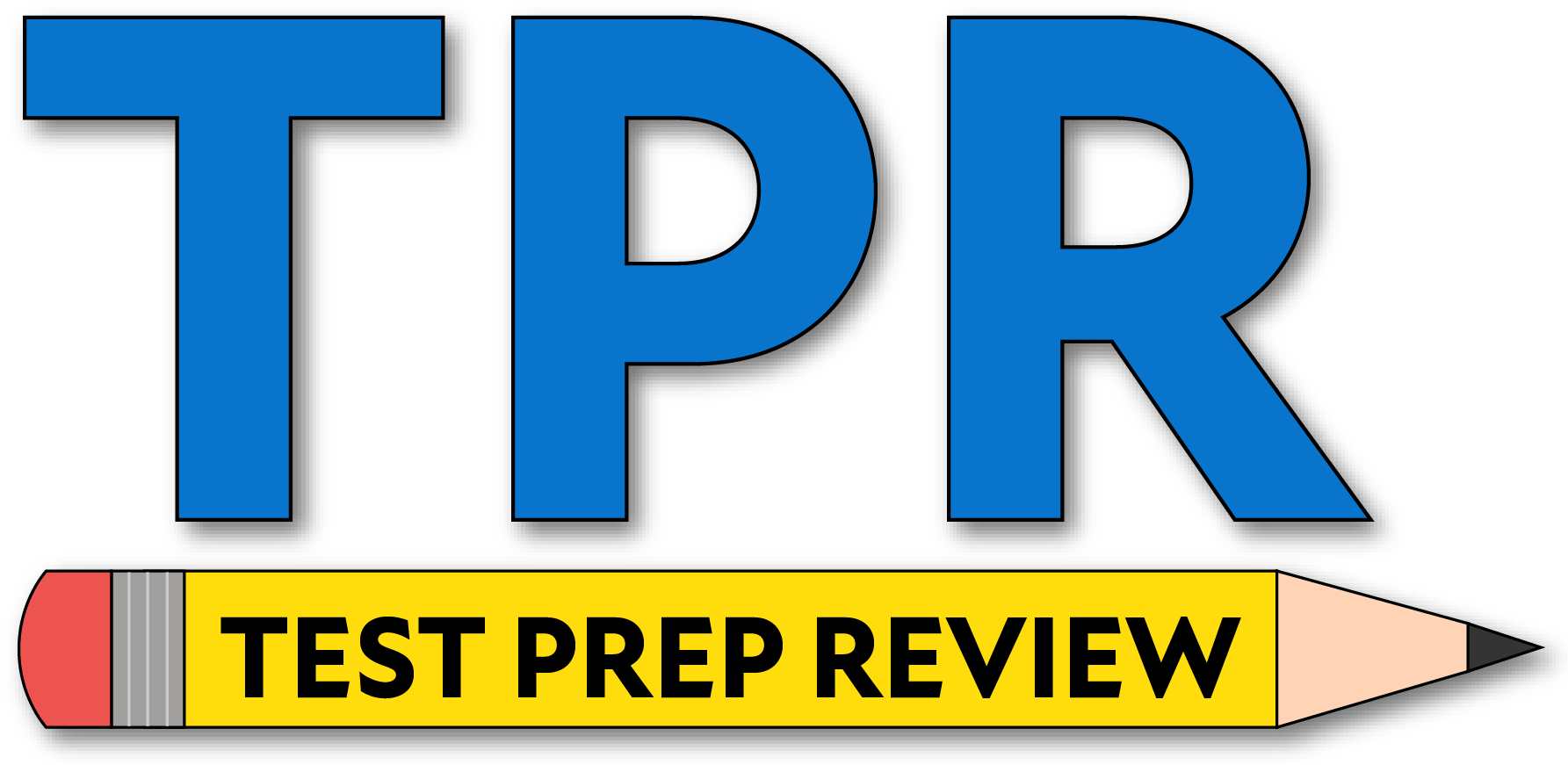- Which of the following cranial nerves is not directly related to the eye?
- II
- III
- VI
- VII
Cranial nerves II (optic), III (oculomotor), and VI (abducens) are directly involved in vision and eye movements.

The facial nerve (VII) primarily controls muscles of facial expression and lacrimation, not ocular motility or vision pathways.

- Which of the following cranial nerves can cause movement of trapezius muscle?
- IV
- VII
- X
- XI
The spinal accessory nerve (XI) innervates both the sternocleidomastoid and trapezius muscles, enabling head rotation and shoulder elevation.

- Which of the following cranial nerves causes sensation to anterior two-thirds of the tongue?
- IV
- VII
- X
- XI
The facial nerve (VII), via its chorda tympani branch, carries taste sensation from the anterior two-thirds of the tongue. General sensory innervation there is by the mandibular branch of V but taste specifically is VII.

- Which of the following cranial nerves can be directly linked to respiratory and cardiac dysfunction?
- IV
- VII
- X
- XI
The vagus nerve (X) provides parasympathetic innervation to the heart and lungs; lesions or overstimulation can cause bradycardia, arrhythmias, and altered respiratory patterns.

- Which of the following cranial nerves can be directly linked to ptosis?
- III
- IV
- V
- VI
The oculomotor nerve (III) innervates the levator palpebrae superioris muscle, which elevates the upper eyelid; damage to III results in ptosis (drooping eyelid).

- Which cranial nerve innervates the stapedius muscle in the middle ear?
- V
- VII
- VIII
- IX
The facial nerve (VII) innervates the stapedius muscle via its branch in the facial canal, which dampens loud sounds by stabilizing the stapes bone.

- Which of the following is another name for cranial nerve IX?
- Trochlear
- Vestibulocochlear
- Hypoglossal
- Glossopharyngeal
Cranial nerve IX is the glossopharyngeal nerve, which provides taste to the posterior third of the tongue, contributes to swallowing, and mediates the gag reflex.

- Athetosis type movements are often identified with a _______ lesion.
- Midbrain
- Basal ganglia
- Subthalamic
- Thalamus
Athetosis—slow, writhing involuntary movements—is characteristic of lesions in the basal ganglia, which disrupt normal motor control circuits.
- Changes in personality and judgment are often associated with a _____ lesion.
- Frontal lobe
- Parietal lobe
- Broca’s area
- Wernicke’s area
The frontal lobes mediate executive functions, personality, and decision-making; lesions here commonly produce disinhibition, poor judgment, and behavioral changes.
- Changes in motor aphasia are often associated with a _______ lesion.
- Frontal lobe
- Parietal lobe
- Broca’s area
- Wernicke’s area
Broca’s area, located in the dominant inferior frontal gyrus, is responsible for speech production; lesions produce nonfluent (motor) aphasia.

- Changes in sensory aphasia are often associated with a _______ lesion.
- Frontal lobe
- Parietal lobe
- Broca’s area
- Wernicke’s area
Wernicke’s area, in the dominant posterior superior temporal gyrus, processes language comprehension; lesions produce fluent (sensory) aphasia with impaired understanding.

- Which of the following diseases has not been directly linked with Bell’s palsy?
- AIDS
- Diabetes
- Lyme disease
- Alzheimer’s disease
Bell’s palsy has been linked to viral infections (e.g., HSV), Lyme disease, diabetes, and HIV/AIDS, but there is no established association with Alzheimer’s disease.
- Which of the following cervical nerve roots best corresponds with activation of the triceps muscle?
- C5
- C6
- C7
- T2
The triceps brachii is primarily innervated by the radial nerve fibers from C7 (with some contribution from C6 and C8), making C7 the key root for elbow extension.
- The upper and middle trunks of the brachial plexus combine to form the ____ cord.
- Lateral
- Posterior
- Medial
- Anterior
The lateral cord is formed by the anterior divisions of the upper and middle trunks; it gives rise to nerves like the musculocutaneous and part of the median nerve.
- The upper, middle, and lower trunks of the brachial plexus combine to form the ____ cord.
- Lateral
- Posterior
- Medial
- Anterior
The posterior cord is formed by the posterior divisions of all three trunks; it gives rise to nerves such as the axillary and radial nerves.
- The lower trunk of the brachial plexus forms the ____ cord.
- Lateral
- Posterior
- Medial
- Anterior
The medial cord is formed by the anterior division of the lower trunk; it continues to form the ulnar nerve and contributes to the median nerve.
- Which spinal tract lesion is indicated by a positive Babinski sign?
- Corticospinal tract
- Dorsal column
- Spinothalamic tract
- Rubrospinal tract
A positive Babinski sign (dorsiflexion of the big toe on plantar stimulation) is classic for an upper-motor-neuron lesion affecting the corticospinal (pyramidal) tract.
- Which of the following arteries supplies Broca’s area?
- ACA
- MCA
- PCA
- Lateral striate
The middle cerebral artery (MCA) supplies the lateral frontal lobe, including Broca’s area in the dominant hemisphere, which controls speech production.
- Which of the following arteries if ruptured can cause an oculomotor palsy?
- ACA
- MCA
- PCA
- Lateral striate
An aneurysm of the posterior cerebral artery (specifically the posterior communicating branch) can compress the oculomotor nerve (III), causing palsy with ptosis and “down and out” eye deviation.
- Which of the following is not true concerning Brown-Séquard syndrome?
- Contralateral spinothalamic deficits
- Ipsilateral spinothalamic deficits
- Ipsilateral dorsal column deficits
- Ipsilateral pyramidal tract deficits
Brown–Séquard syndrome (spinal hemisection) produces ipsilateral loss of dorsal column (vibration/position) and pyramidal (motor) function, with contralateral loss of pain and temperature; ipsilateral spinothalamic loss does not occur.
